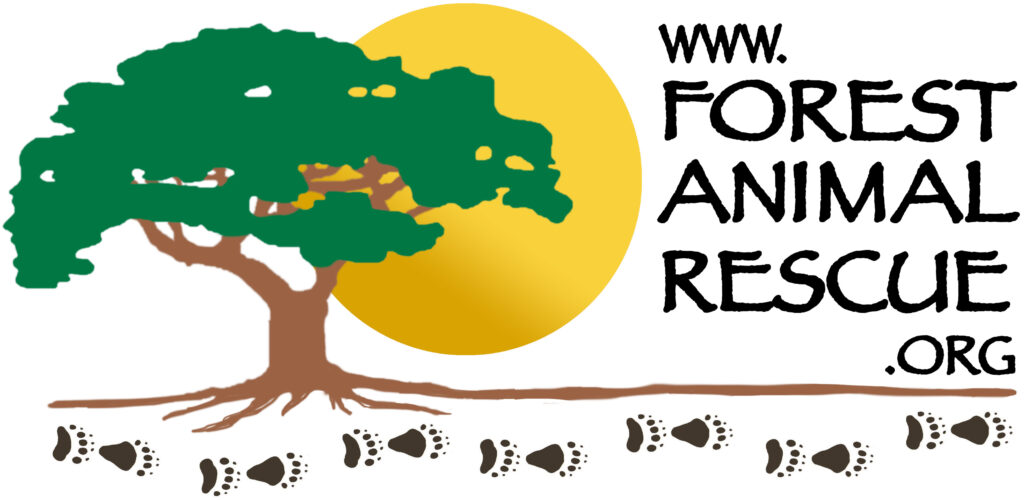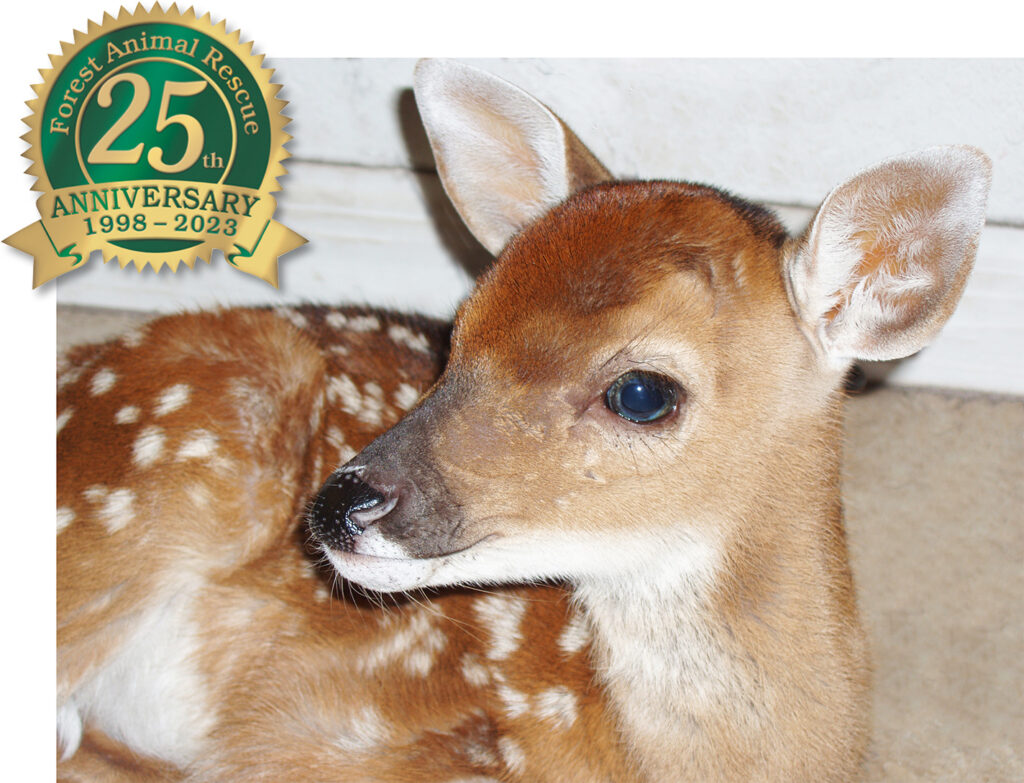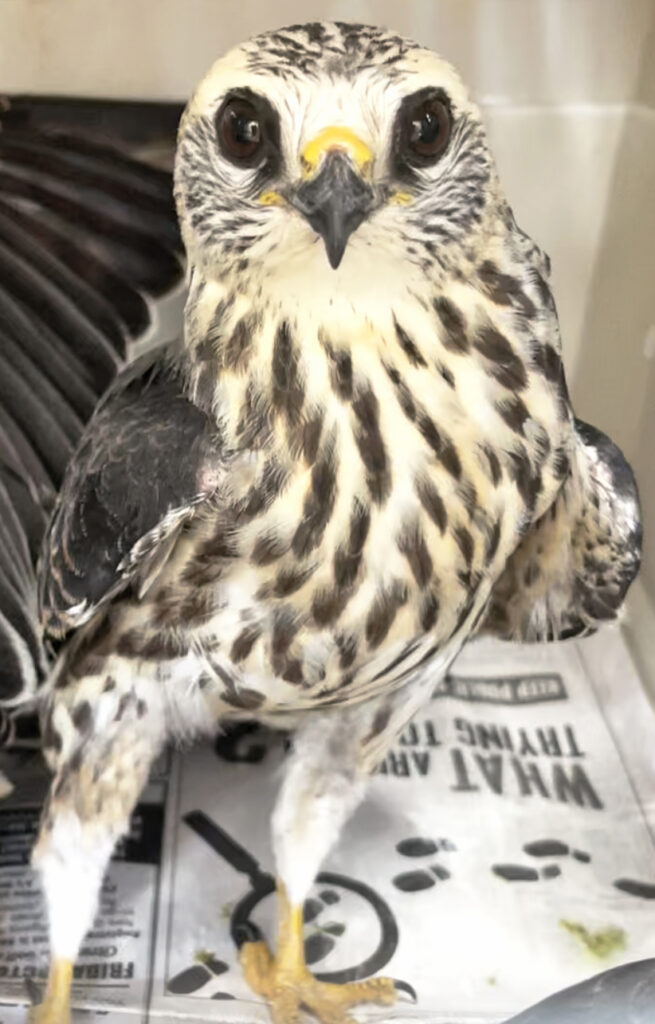Forest Animal Rescue is dedicated to meeting the needs of all wildlife, whether the animal is non-releasable or can be restored to health and returned to the wild.
F orest Animal Rescue (FAR) has a stellar reputation as a true accredited sanctuary that provides lifetime care for non-releasable animals such as their wild cats, primates, bats, and more, and also for its work to rehabilitate and release black bears in cooperation with state authorities. A lesser-known program is FAR’s work with wildlife rehabilitators to safely release animals that cannot be returned to where they were found.
orest Animal Rescue (FAR) has a stellar reputation as a true accredited sanctuary that provides lifetime care for non-releasable animals such as their wild cats, primates, bats, and more, and also for its work to rehabilitate and release black bears in cooperation with state authorities. A lesser-known program is FAR’s work with wildlife rehabilitators to safely release animals that cannot be returned to where they were found.
The nonprofit, which this year is celebrating its 25th anniversary, is headquartered in Silver Springs, which is where the permanent residents live out their lives and where the bears are cared for until they are returned to state biologists for release on state property or other approved places. FAR has other parcels of property that are used for native wildlife release.
 “We recently purchased another 20 acres in Marion County for wildlife release,” shares FAR Vice President and Co-Founder Lisa Stoner. “We restore the habitat on the property, protect it from development and use it to work with local wildlife rehabilitators. These animals are mostly deer, squirrels, birds and reptiles, but it’s a little bit of everything that is already native to that property.”
“We recently purchased another 20 acres in Marion County for wildlife release,” shares FAR Vice President and Co-Founder Lisa Stoner. “We restore the habitat on the property, protect it from development and use it to work with local wildlife rehabilitators. These animals are mostly deer, squirrels, birds and reptiles, but it’s a little bit of everything that is already native to that property.”
She says wildlife rehabbers from all over the state have animals that have been restored to health and are ready for release and, ideally, the animals are put back where they are found, “but a lot of time they are found in a parking lot or an inappropriate place and so they need private property to release them on because they are not allowed to release them on government land. And private property that gives permission for people to release wildlife is not always easy to come by. We have private land, and it is bordered by National Forest. It is very important for these animals to remain wild with extremely limited human interaction.”
One way people with a heart for wildlife can help FAR is by working on habitat restoration.
 “Typically, we’re buying land bordered by private property, and we have to manually restore the habitat by clearing underbrush and removing exotic plants,” Stoner notes. “We need help clearing invasive plants, trimming trees and maintaining the native property.”
“Typically, we’re buying land bordered by private property, and we have to manually restore the habitat by clearing underbrush and removing exotic plants,” Stoner notes. “We need help clearing invasive plants, trimming trees and maintaining the native property.”
The rescue relies on donations of muscle and money and there are many ways people can give. FAR is not open to the public, for example, but guided tours are offered twice a month. The cost is $50 per person and up to six people can be accommodated. “And we are always looking for help from those with skilled trades, such as electricians and plumbers,” Stoner notes.
“People can do a lot of things on our website,” she adds. “We have a wish list. You can shop online to benefit the sanctuary, take advantage of $5 Fridays, and even set up perpetual giving, which greatly helps sustain our efforts.”
To learn more about FAR’s mission and programs, go to forestanimalrescue.org or follow them on social media.






